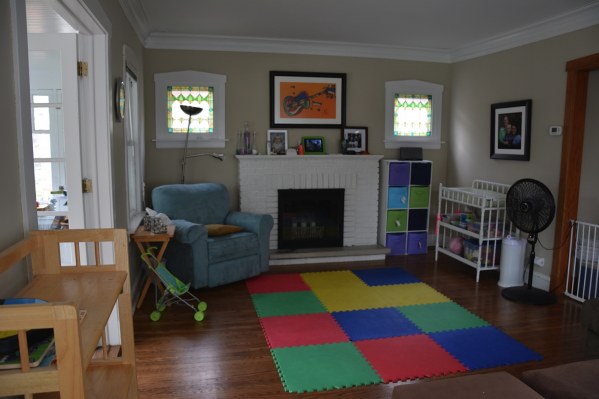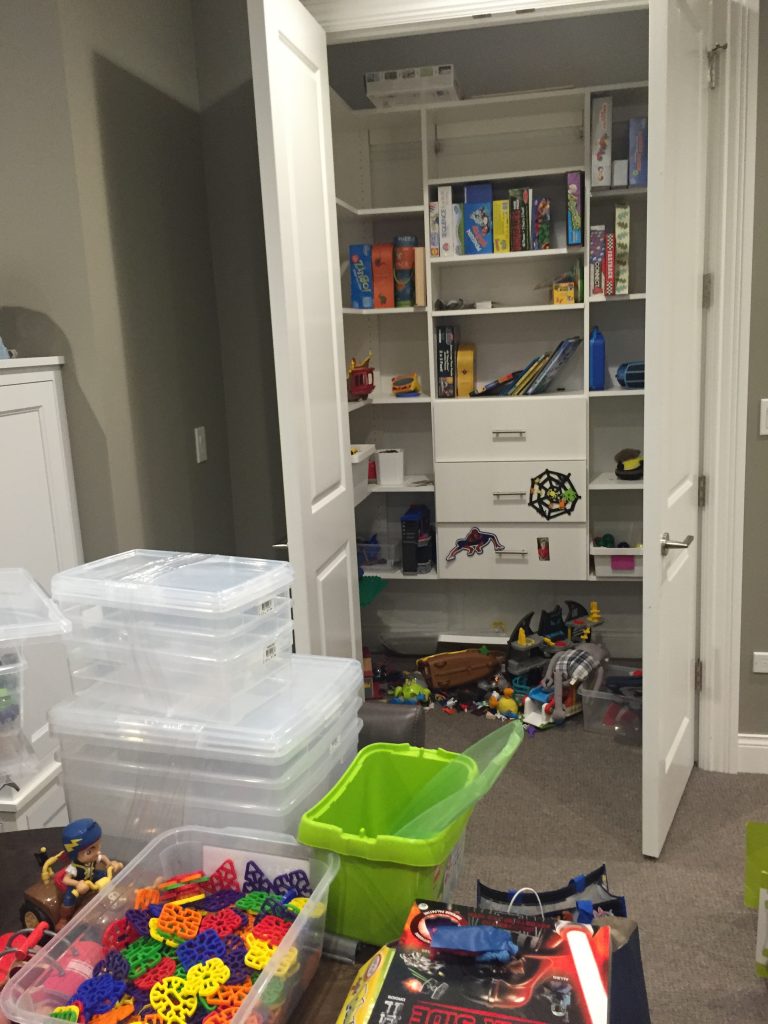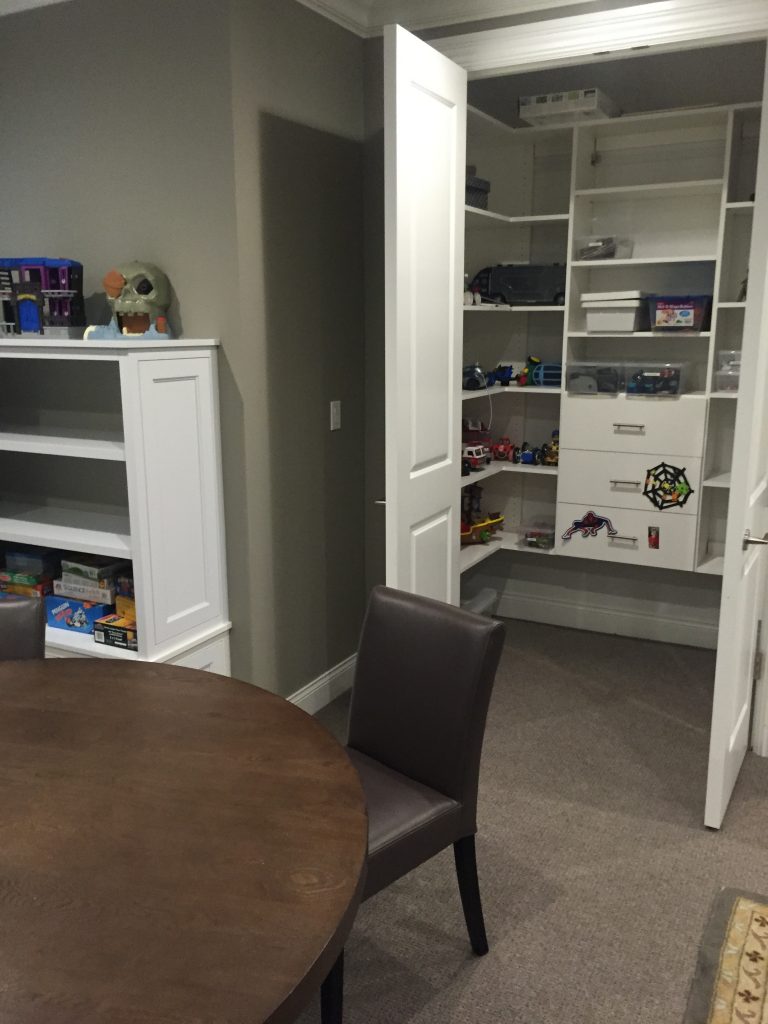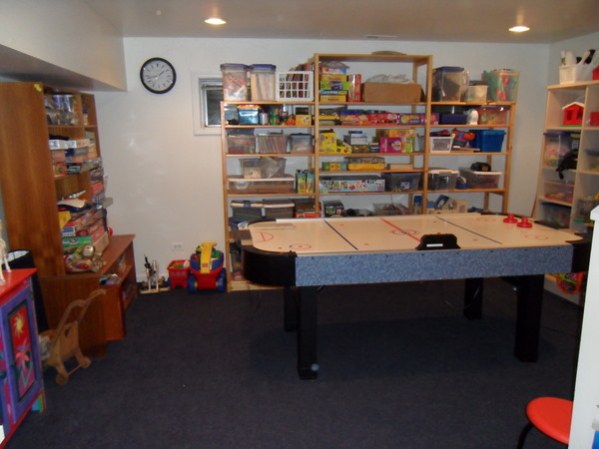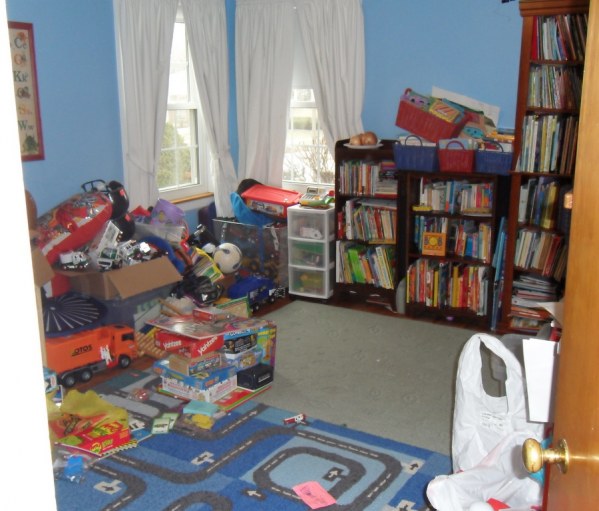Toys
Let’s Talk Toys
In the organizing world, toys are a hot button for parents. I’m often asked questions regarding where to store or position toys and how to store toys. Just as a disclaimer or side note, I don’t have my own kids. Before you skip to the next organizer, just know I’ve been organizing kids and their toys for since 2004. It doesn’t take me having my own to know what types of toys are out there and the patterns and challenges I see kids have in their spaces. My four nieces and nephews have also given me a world of insight and material to last me a life time. So what is the big secret about toys? Glad you asked. Here are the top three things to remember.
- What amount of toys do your children have?
I think sometimes parents are more attached to toys than the kids. It’s actually very entertaining as an organizer to hear the excuses why parents want to keep certain toys. Let’s face the facts, kids don’t need every toy under the sun to keep them occupied or entertained. Sometimes the opposite happens. With too much in their face and at their fingertips, nothing satisfies anymore or they get overwhelmed. Also think back to when you were a kid. Imaginary play, getting outside, and being active are probably some of the best memories you have. Get to know your kids and what things they love. Focus on toys and sets or kits that they really enjoy because of their personality or interests, not what’s in a magazine or on television. - How do you store toys?
Shelves and drawers are my first choice when storing toys. It gives the easiest access to play and to clean up. Large bins on the floor or toy boxes are my least favorite. Use containers strategically and intentionally. Imagine yourself as a four or six year old. How easy would it be to get something to play with and how quick would you be able to see your options to decide to grab a toy. Kids will grab toys that are seen and easy to take or handle. Don’t overcomplicate things and expect perfect order in toy organization. Do your best to contain and label toys that have several parts or pieces. If you have shelves for the containers of these toys, leave lids off. Taking a lid off is one more step the kids have to take or work at which will frustrate little ones. Use clear containers and stackable containers if possible. Always label, label, and label. - Where do you allow the toys in your home?
If someone knocked on your door and came into your home on a random day of the week where would they find toys? Strewn about in every room? Only in a toy room or the kids’ bedroom? Stashed behind closed doors? I’ve seen both extremes. There are moms who don’t allow toys to leave the toy room and there homes look like a museum or something out of a magazine. On the opposite spectrum, there are moms that allow toys to be taken and dropped anywhere throughout the entire house. I’ve found toys on kitchen counter tops because the kids play while they eat. I’ve found toys in the parents’ bed because the kids play in the bed each morning. I’ve found lots of toys in cars and minivans. I’m not saying one extreme or the other extreme is the answer. What I’m saying is that kids need boundaries just like adults in the family have boundaries. If parents did their hobby or interest in every room of the house during their free time would that be helpful to the whole family? You get my point. Draw boundaries. Communicate clearly with your children. Set realistic expectations. Pick certain rooms or areas.


